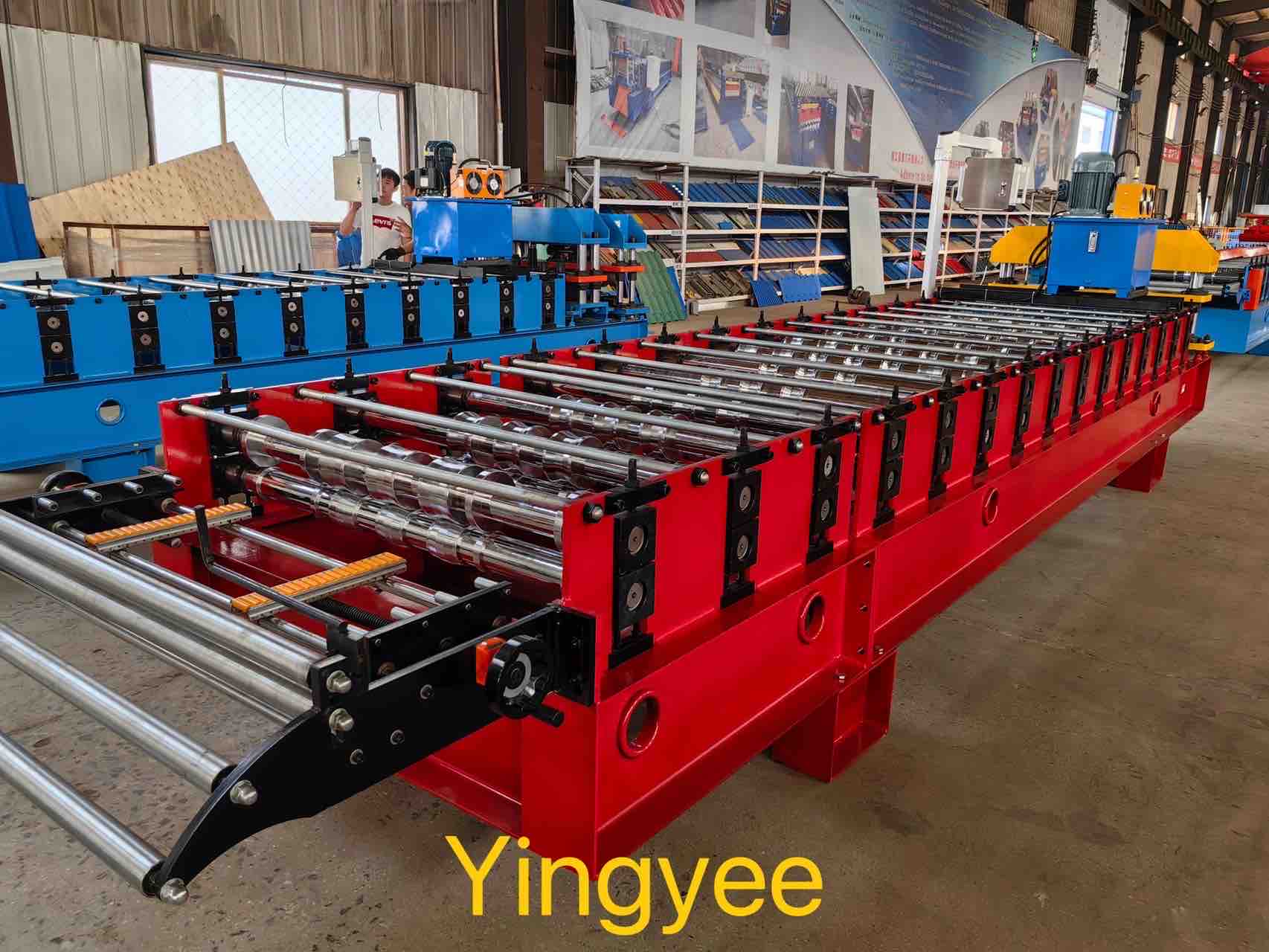
The Evolution and Impact of the Curving Machine in Manufacturing
The manufacturing industry is at the forefront of technological innovation, continually transforming the way products are designed and created. One such pivotal innovation is the curving machine, a specialized tool that has revolutionized the bending and shaping of various materials, particularly metals. This sophisticated piece of equipment is designed to achieve complex curves, bends, and angles with precision, offering manufacturers a high degree of flexibility and efficiency in their production processes.
Historically, the formation of curved components involved manual labor and rudimentary tools, often resulting in inconsistencies and errors. Skilled artisans would use hammering and other labor-intensive methods to create curves, which limited the complexity of designs and slowed down production rates. However, with the advent of the curving machine, the manufacturing landscape began to change dramatically. These machines allowed for faster production times and improved accuracy, enabling manufacturers to meet the increasing demands for more intricate designs.
There are various types of curving machines, each designed to handle different materials and applications. For instance, hydraulic bending machines utilize hydraulic power to apply force on the material, allowing it to bend into desired shapes. These machines are commonly used in industries such as automotive and aerospace, where precision bending is crucial for the integrity and performance of components. On the other hand, CNC (Computer Numerical Control) curving machines integrate advanced computer technology to automate the bending process. This allows for complex shapes to be produced with minimal human intervention, leading to significant improvements in both speed and accuracy.

One of the most significant advantages of curving machines is their ability to produce consistent results. Traditional methods often led to variations in curvature, which could affect the overall quality of the finished product. Curving machines, however, are programmed to replicate the same specifications repeatedly, ensuring uniformity across production batches. This reliability is particularly important in industries where safety and performance are of utmost concern, such as in the construction of structural steel components or piping systems.
In addition to enhancing accuracy and consistency, curving machines also contribute to cost savings for manufacturers. By streamlining the bending process, companies can reduce labor costs and minimize material waste. With greater efficiency, manufacturers can meet customer demands more quickly, gaining a competitive edge in the market. Furthermore, the use of curving machines allows for the exploration of innovative designs that may have been previously impractical due to limitations in manual bending techniques.
The environmental impact of curving machines should also be considered. As the manufacturing industry continues to seek more sustainable practices, the use of these machines can contribute to reduced material wastage and lower energy consumption. By utilizing advanced technology to optimize the bending process, manufacturers can minimize their ecological footprint while maintaining high production standards.
In conclusion, the curving machine represents a significant advancement in the field of manufacturing. Its ability to produce precise, consistent curves in various materials has transformed the way components are created, enabling manufacturers to meet the demands of modern design and production. With its origins rooted in craftsmanship, the evolution of the curving machine mirrors the broader trends of industrialization and technological progress. As industries continue to adapt and innovate, the curving machine will undoubtedly play a crucial role in shaping the future of manufacturing, driving efficiency, sustainability, and creativity in the production of complex components.